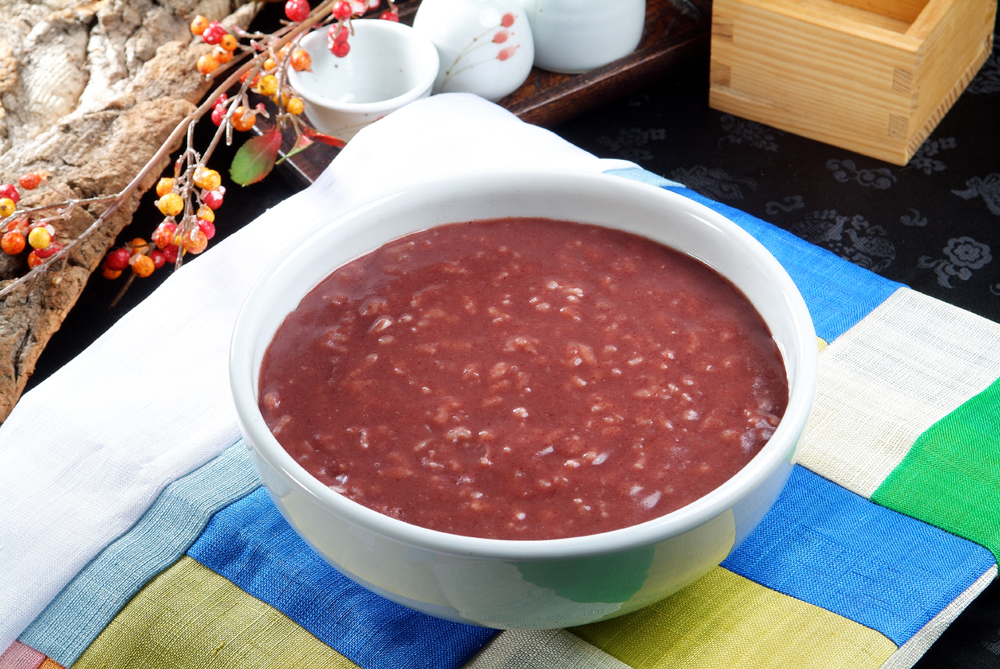The Secrets Behind Red Beans
Written by Cho Namhee
As the mercury dips closer to freezing, it signals that the winter solstice, the time of the year when night is longest and the day is shortest, is nearing. The twenty-second solar term is called Dongji (동지) and it was often referred to as “Little Lunar New Year” because it was perceived as the day of the sun’s resurrection. Though Dongji is not celebrated as it was in the past, its customary dish, red bean porridge, is still consumed to this day. Unlike other kinds of red bean porridge made in Korea, the porridge offered on Dongji is different. Small dough balls of glutinous rice, known as saealsim, or bird egg balls, are plopped into the porridge instead of noodles, and for children, their number in the porridge represent one’s age.
However, the significance of Dongji lies in the red beans rather than in the porridge. When the porridge was prepared, it was first offered on the altar of the ancestral shrine, then sprinkled in the corners of all rooms and other important parts of the house, such as at the jangdokdae (장독대, the storage area for crocks of sauces and condiments) and the barn. It was believed that red beans exorcise maleficent spirits and have the power to dispel other undesirable spirits. Only after red bean porridge was offered at various strategic locations could the family members partake of their bowls of porridge.
Traditionally, not only on Dongji but also on other occasions throughout the year, the powers of the red bean were called upon. Red bean rice cakes were offered when someone moved their house or held a shamanistic ritual called gosa (고사). To celebrate joyful moments, such as taking a state exam, holding weddings, or setting out on a trip, rice steamed with red beans was eaten. People strongly believed that red beans helped protect them from epidemics and various infections such as styes. For example, when there was an outbreak of an epidemic in a village, a handful of red beans was placed in the village well and also buried or hung in a location facing north. Oriental medicine has it that red beans are actually good for treating red skin, fever, and body aches.
The upcoming Dongji is on the 22nd of December. As it is on the weekend just before Christmas, it would be meaningful to combine both Oriental and Western rituals together to round out the year. An idea would be to have a red sock filled with red beans.
The Author
Cho Namhee, an over-zealous sports fan, is a free spirit who calls Gwangju home. He studies communications at Chonnam National University and works for the 18th FINA World Championships, Gwangju 2019.







